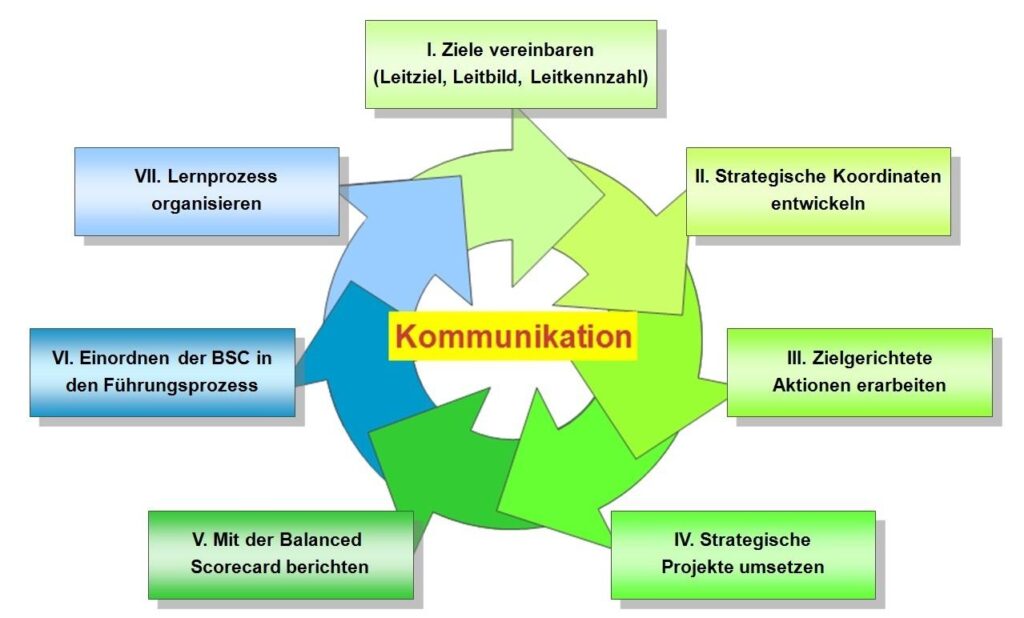The U.S. Air Force Medical Service is advancing its capabilities through cutting-edge scientific support provided by the Biomedical Science Corps (BSC). Backed by rigorous research and innovative technologies, the BSC plays a pivotal role in enhancing medical readiness and improving health outcomes for Airmen and their families. This article explores how the integration of biomedical expertise is driving transformative progress within the Air Force Medical Service, underscoring a commitment to evidence-based care and operational excellence.
BSC Collaboration Enhances Air Force Medical Service Capabilities
Medical readiness and innovation within the Air Force Medical Service have received a significant boost thanks to the strategic partnership with the Biomedical Science Corporation (BSC). Leveraging cutting-edge research and advanced biotechnology solutions, BSC has facilitated the development of enhanced diagnostic tools and telemedicine platforms tailored specifically for military healthcare needs. This collaboration has not only streamlined patient care but also improved the accuracy and speed of medical interventions in both deployed environments and domestic facilities.
The integration of BSC’s expertise has been critical in several key areas:
- Rapid pathogen detection technologies enabling quicker response to infectious threats.
- Wearable biosensors for continuous monitoring of airmen’s vital signs during missions.
- Data-driven decision support systems that enhance medical logistics and resource allocation.
| Capability | Impact |
|---|---|
| AI-assisted diagnostics | Reduced time-to-treatment by 30% |
| Telemedicine expansion | Increased access to specialists by 45% |
| Advanced biosensor deployment | Improved real-time health monitoring |
Scientific Innovations Driving Improved Medical Readiness
The integration of cutting-edge scientific advancements is revolutionizing the way the Air Force Medical Service maintains operational readiness. Breakthrough technologies such as telemedicine platforms, wearable health monitors, and AI-powered diagnostic tools are empowering medical personnel to deliver faster and more accurate care even in remote or combat environments. These innovations not only enhance real-time health monitoring but also streamline decision-making processes, ensuring that service members receive precise interventions when seconds count.
Collaborations between research institutions and the Air Force have led to the development of next-generation medical devices that withstand the rigors of deployment while improving treatment outcomes. Key benefits include:
- Enhanced predictive analytics for anticipating medical emergencies
- Portable lab technologies that reduce the need for specialized facilities
- Advanced simulation training modules for skill retention under stress
| Innovation | Impact | Deployment Status |
|---|---|---|
| AI Triage Systems | Cut treatment decision time by 40% | Field Testing |
| Wearable Vital Sensors | Continuous monitoring in austere locations | Active Deployment |
| Virtual Reality Training | Improved emergency response skills | Implemented |
Recommendations for Integrating Research into Military Healthcare Practices
Successful integration of research advancements into military healthcare requires a dynamic collaboration between clinical teams and research units. Establishing dedicated liaison roles helps bridge the gap between frontline medical personnel and scientists, ensuring that innovations are swiftly adapted to operational needs. Moreover, consistent training programs must emphasize evidence-based protocols, reinforcing the importance of new findings in everyday medical decision-making within the Air Force Medical Service.
Key strategies to facilitate this process include:
- Real-time data sharing platforms to monitor patient outcomes and research impacts.
- Regular interdisciplinary workshops fostering dialogue between researchers and healthcare providers.
- Incentivizing innovation with recognition programs that promote adoption of research-backed practices.
- Implementation of pilot programs to test and refine new clinical protocols before wider rollout.
| Recommendation | Purpose | Benefit |
|---|---|---|
| Liaison Roles | Coordinate research and clinical teams | Faster integration of innovations |
| Data Sharing Platforms | Monitor effectiveness in real-time | Improved patient outcomes |
| Inter It looks like your table was cut off at the last row. Here’s the full continuation and completion of the table based on the style and content so far: | ||
| Liaison Roles | Coordinate research and clinical teams | Faster integration of innovations |
| Data Sharing Platforms | Monitor effectiveness in real-time | Improved patient outcomes |
| Interdisciplinary Workshops | Foster communication and collaboration | Enhanced understanding and buy-in |
| Recognition Programs | Encourage adoption of innovations | Increased motivation and engagement |
| Pilot Programs | Test new protocols on a small scale | Refined and effective clinical practices |
